When canning to preserve food, it’s important to follow the right procedures for food safety. Among other things, you may be wondering if jars need to be fully submerged during the canning process.
Looking for a quick answer so you can get back to canning? Here it is: If you are water bath canning, your jars must remain submerged under 2 inches of water during the entire process. If you are pressure canning, you do not submerge your jars.
But if you want to know why jars need to be submerged, as well as some other tips for successful canning, read on…
The Role Submersion Plays in Canning
Because air and dangerous microbes need to be removed from food to store long-term, water canning requires that your jars be under boiling water the entire time you’re processing them.
They must be fully surrounded by water to guarantee the following:
- Contents are heated sufficiently to kill germs such as E. coli, salmonella, and Listeria.
- Air is removed by creating a vacuum inside the jars.
- Enzyme actions that make food less palatable or presentable are halted.
- Acid within the food is distributed properly. Acid is a vital element in water bath canning. Foods higher than 4.6 pH demand a different type of canning—pressure canning—to make them safe.
To Submerge or Not Submerge: Are You Water Bath Canning or Pressure Canning?
There are two types of canning—water bath canning and pressure canning. Water bath canning depends on boiling water and acid levels in the food to accomplish what we just talked about.
Pressure canning, on the other hand, relies on steam to do its job.
Pressure canning can be used for anything you wish to can, but it is the only method appropriate for safely canning less acidic foods.
Water Levels When Water Bath Canning
When water bath canning, it’s important to cover the jars in at least 2 inches of water. This will make sure they are never exposed to less-than-boiling temperatures at any point, even after the evaporation loss that occurs during canning.
This is especially true for longer processing times, as evaporation is even more of an issue.
Water Levels When Pressure Canning
Pressure canning, on the other hand, does not require your jars be fully submerged. This is because it requires a gas (steam) rather than a liquid to serve its purpose, and steam will surround your jars on its own.
So, assuming you use enough water to produce steam the entire time, covering the jars isn’t necessary when pressure canning.
Your pressure canner will include instructions detailing how much water to use, or it will include a line showing the fill level. If not, follow USDA guidelines.
Trick to Ensure Your Jars Stay Submerged During a Water Bath
As we learned in elementary school science, when water boils in a pot for an extended period of time, it begins to evaporate.
Throughout the entire length of time recommended in the recipe you’re following, your jars should not be exposed to water that’s not boiling. So, what happens when you’re at the 20-minute mark of a 25-minute recipe and the water levels are decreasing significantly?
It’s not like you can just pour some more tap water in, because that would reduce the temperature of the water.
And once your food is exposed to water that’s no longer boiling, even for a minute, you’ll have to start over.
The solution is to add water that’s already boiling.
To do that, at least for your first few times using your water bath canner, it’s best to have a kettle of boiling water standing by for quick top-ups.
In fact, even old hands find that when water bathing, you never regret having a spare kettle of boiled water handy: there will be times you need it in a hurry. Shout out to Healthy Canning for that great tip!
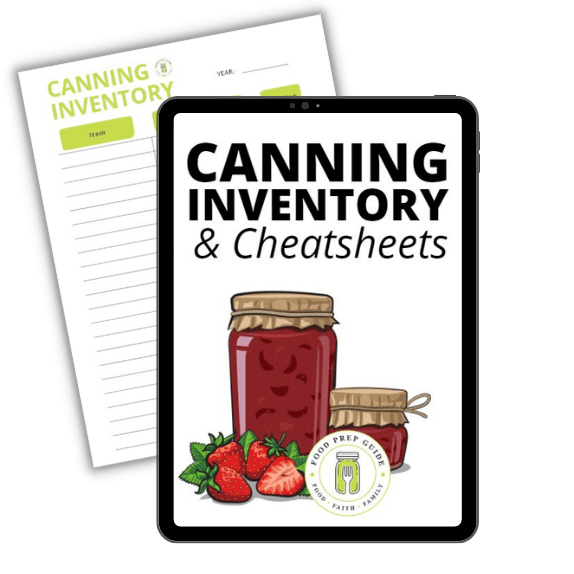
Other Related Questions About Jars When Canning
How high should water be on jars when canning?
Your jars should be fully submerged when water bath canning. The best way to ensure they stay 100% under boiling water during the entire canning process, even after evaporation, is to fill the pot so that there are 2 inches of water above the level of the jar tops.
Can you lay jars down when canning?
You may be tempted to lay the jars down to make it easier to cover them in water. Do not do this! You’ll end up with failed seals because food material gets into the lid, or worse, jars that open and spill food out into the water.
Can jars touch in the canner?
It’s fine for jars to touch each other in the canner. However, they should not touch the bottom of the pot. The heat there is too concentrated and can burn the food and/or shatter the glass. Use a wire rack or canning rack to elevate the jars.
Canning is an excellent way to preserve food, especially food you’ve grown yourself. When you’re just starting out and don’t want to spend a lot on equipment, water bath canning is a good option to try your hand at this preservation method (as long as you’re canning foods with a high acid content!).
Just remember to submerge the jars completely and keep the water boiling at all times, and you shouldn’t have any problems getting most, if not all, of your jars to seal properly. Happy canning!
FREE FOOD STORAGE PLAN!
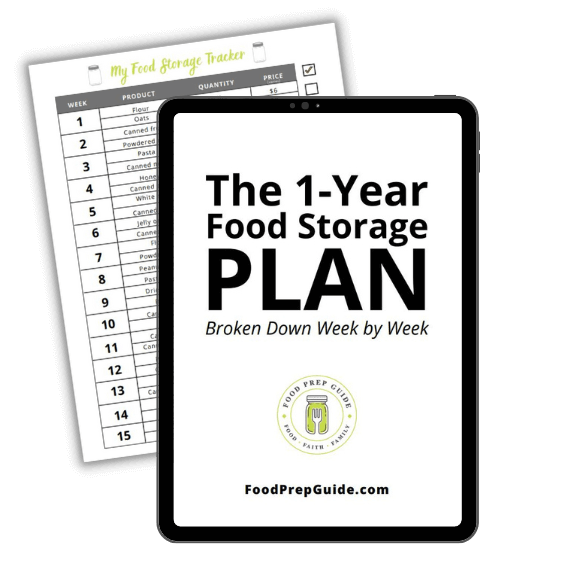
Does gathering and storing a year’s worth of food for your family seem overwhelming and unachievable?
Make it easy with our step-by-step plan. Subscribe to our weekly newsletter & we’ll send it to you FREE!
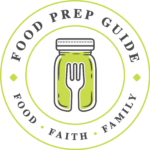
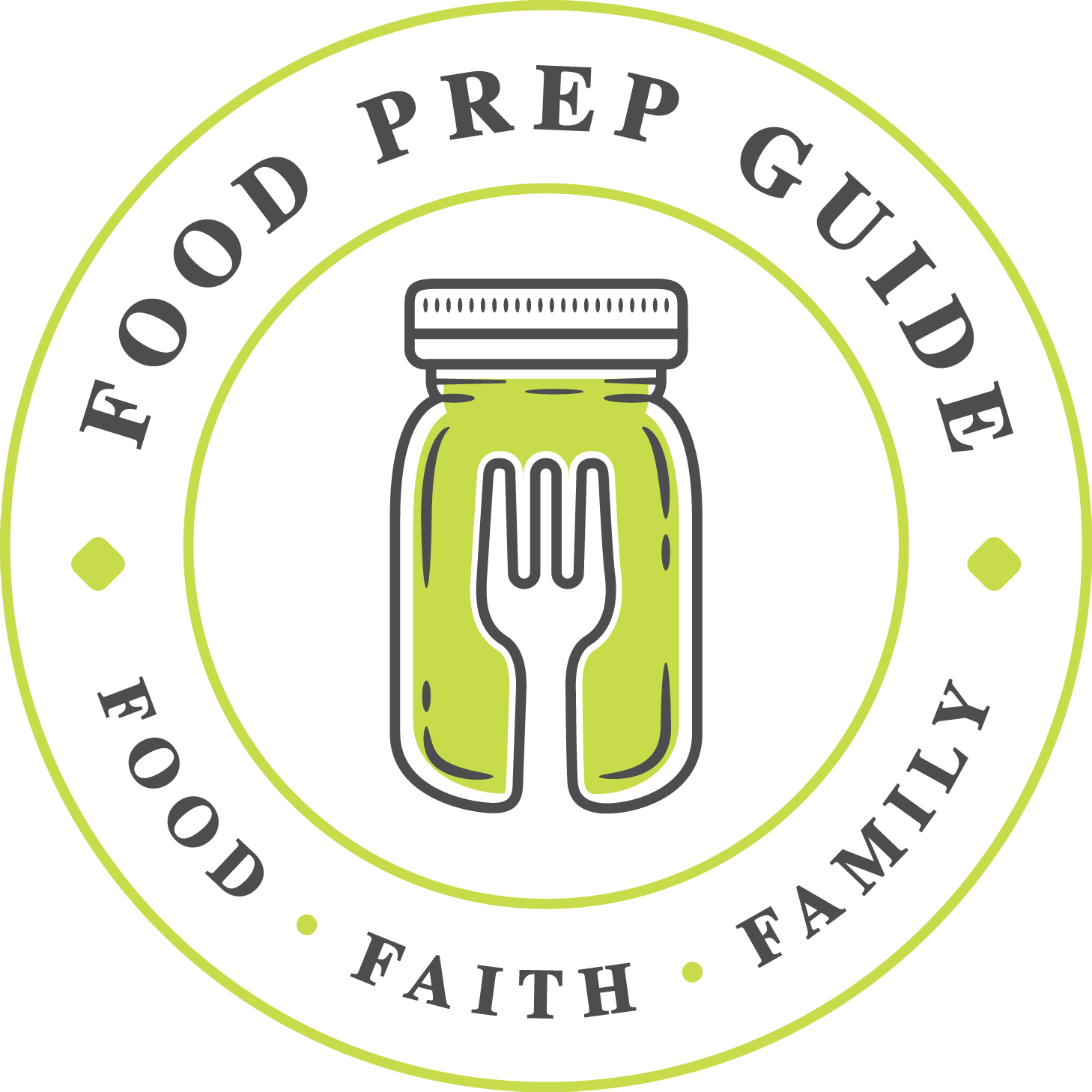





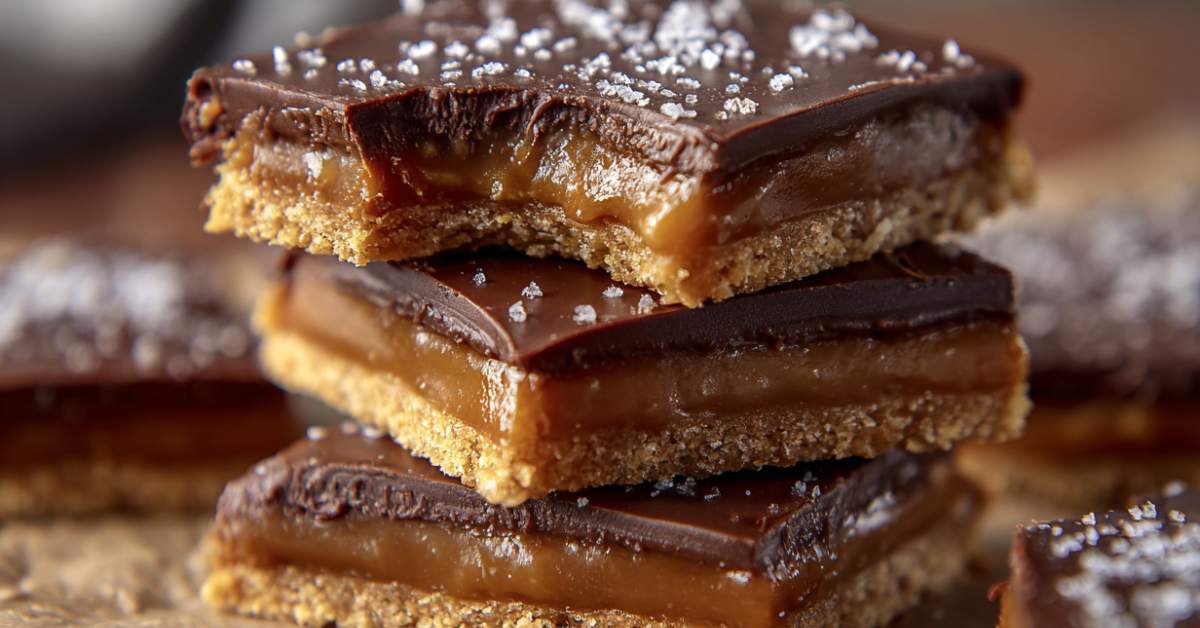






My 1st time water canning. Used
1/2 gallon (64oz)and —jars
I didn’t have a tall enough pot for the 1/2-gallon jars to be covered. I did have a lid on top of the pot. Do I need to reheat them and cover with 2 in of water to be safe! Or grow them out.
And how do I know for sure the lids are sealed? Dill pickles and Salsa.
Unfortunately, half gallon jars are only safe for canning certain juices like grape and apple. Foods canned via water bath canning are only considered safe if fully submerged under at least 1 inch of water. You can re-can in pint jars. However, bear in mind that you would need to start the process over as if you were canning them for the first time, following the safety standards.
Here is an NCHFP discussion on half-gallon jars: https://nchfp.uga.edu/questions/FAQ_canning.html#16a
Here is some wonderful information and recipes for canning salsa:https://nchfp.uga.edu/how/can_salsa.html#gsc.tab=0
When processed properly, there are 3 ways to test if the lids are sealed, which we discuss toward the bottom of this post: https://foodprepguide.com/what-is-a-false-seal-in-canning/
Hope that helps!
My 1st time canning as well, using water bath process. I used quart jars with Marinara, added 2 Tbsp lemon juice per recipe, but I did not have pot deep enough to fully cover the jars. Water level was 1/2 way up jars. I covered and maintained rolling boil 40 minutes. They are sealed but now worried it will go bad!
I did this 3 days ago. Do I need to throw it all out?? If I recook (boil) the marinara will it be safe so I can freeze or re-can in pint jars? Dang! Lot of work pealing all those tomatoes if wasted! Thanks
Unfortunately, those jars are not shelf-stable and potentially unsafe. Water bath canning requires jars to be fully submerged under at least an inch of water throughout the entire processing time.
But don’t throw it out! As per these safety guidelines, you can boil (rolling boil) for 10 minutes, then I would cool and freeze.
If the jars aren’t sealed and you submerge them in the water, won’t water get into the jar contents?
Great question! Though the jars aren’t fully sealed at the point of submerging, the lids are still secured by the rings, which are screwed on to fingertip tight. This holds the lids down enough so that water doesn’t get in.
Hello, First time canner here.
I canned pickled green beans a few weeks ago. They sealed properly and I was really excited for them. I went to check on them today and I noticed some of the green beans are not completely submerged. Will they be safe to eat or should I toss them? They are still sealed properly.
It’s okay for food inside the jar to be above the liquid level. In fact, we can “lose” up to 50% of the liquid inside the jar, and it still be safe. 🙂
I water bath canned some apple slices and after the timer went off for them to be done, I lifted the lid to see 2 of the quart jars floating on top of the water level. I feel like I did everything properly.
The water level was 1.5-2 inches above the jars when I started. I made sure to use a knife to remove all air bubbles and I had the proper amount of headspace so I am not sure what went wrong!
They sealed properly after a few minutes out of the water bath but I’m still nervous about spoiling! What your thoughts on that?
Interesting. For the jars that floated, did they lose a lot of liquid? I’m wondering if the rings weren’t tight enough, and they lost liquid quickly, making them lighter than the water?
I have heard of some apple varieties being particularly “airy,” which can cause a problem if raw packed.
Were these apples raw packed? (Or did you cook them first?)
As for spoilage, I personally wouldn’t be comfortable storing them on my shelf—not knowing if they boiled, under submersion, long enough.
If it were my kitchen, I would dump them in a large pot, boil for 10 minutes, then freeze or dehydrate.
I know that’s really disappointing, though. 🙁
I’m trying to water bath veggie broth. Do I need to add vinegar or lemon to the jars of broth?
Veggie broth needs to be pressure canned. It’s the same processing times for soups, which you can find here: https://nchfp.uga.edu/how/can_04/soups.html
I’ve canned for years but my question still remains while USDA has now approved steam canning explain to me why in water bath the jars must be submerged by two inches to be safe yet I can steam can by same guidelines USDA guidelines, I might add, and my jars are safe using these guidelines but can’t be safe if not completely submerged in waterbath🤷♀️ makes no science sense to me steam would be over the tops of a jar sticking out I’d water in waterbathing process what’s the science here please?
I have the same questions as you. I’ll make judgment calls in my own kitchen privately, but we will continue to only post current guidelines that are proven safe until we can verify otherwise.
Could you theoretically place the cans in upside down in the water bath? Then the lids and majority of the sauce are submerged. Then flipping them to cool.
No because the lids aren’t screwed shut all the way.
The air inside the jar needs to be able to escape during the canning process, which is what gives us an oxygen-free seal in the end.
Not only would that create the potential for a big mess, but the air inside the jar would be trapped and unable to escape.
I hope I explained that properly. Did that make sense? 🙂